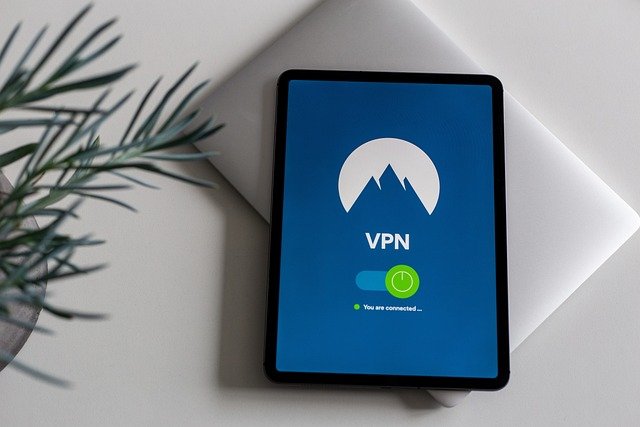Pioneering the Pathway: The Power of Industrial Internet of Things (IIoT)
Introduction: In a rapidly evolving business and industrial landscape, Industrial Internet of Things (IIoT) is paving the way for unprecedented operational efficiency and productivity. This article delves into the nitty-gritty of IIoT, its potential impacts, and the challenges that businesses may encounter in its implementation.

A Walk Down the Memory Lane: The Emergence of IIoT
The concept of IIoT is not new. It emerged from the convergence of machine-to-machine (M2M) communication, industrial automation, and the internet. The advent of advanced sensors and reliable wireless networks has enabled industrial devices to connect and communicate with each other, leading to the rise of IIoT. The emergence of IIoT can be traced back to the early 2000s. It has gained momentum in recent years, thanks to innovative technologies like cloud computing, big data analytics, and edge computing.
Riding the Wave: Current Trends in IIoT
IIoT is a transformative force that is reshaping industries across the globe. It is enabling real-time data collection, advanced analytics, and remote monitoring. These capabilities are driving predictive maintenance, energy efficiency, and improved safety in industrial operations. Experts predict that IIoT will be a major player in the Fourth Industrial Revolution, propelling the shift from traditional manufacturing to smart factories.
The Nuts and Bolts: Impact of IIoT on Businesses
IIoT offers a plethora of benefits to businesses. It can boost operational efficiency, reduce downtime, and enhance product quality. It can also provide valuable insights for decision-making, drive innovation, and create new business models. However, the implementation of IIoT is not without challenges. It requires significant investment, technical expertise, and robust cyber security measures.
The Road Ahead: Navigating the Challenges of IIoT
While the benefits of IIoT are undeniable, businesses must navigate several challenges to reap its full potential. These include the high cost of implementation, lack of skilled manpower, and security concerns. Businesses must develop a strategic roadmap for IIoT implementation, focusing on workforce training, cyber security, and return on investment.
Unleashing the Potential: Key Insights for IIoT Implementation
-
Start small and scale up: Begin with pilot projects to understand the potential benefits and challenges of IIoT. Once the pilot projects are successful, scale up the implementation.
-
Prioritize security: IIoT devices are vulnerable to cyber attacks. Invest in robust security measures to protect your data and systems.
-
Invest in training: To maximize the benefits of IIoT, invest in training your workforce. This will help them understand how to use IIoT technology effectively.
Summing Up: The Future of IIoT
In conclusion, IIoT is a game-changer in the business and industrial sectors. It offers tremendous opportunities for businesses to improve operational efficiency, drive innovation, and create a competitive edge. However, to harness its full potential, businesses must navigate the challenges associated with its implementation. By doing so, they can pioneer the pathway to a more efficient, productive, and sustainable future.




